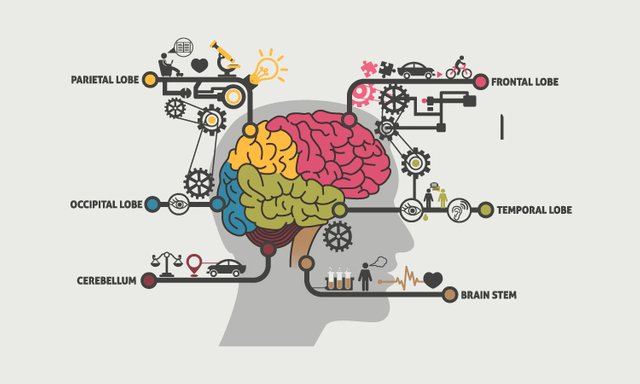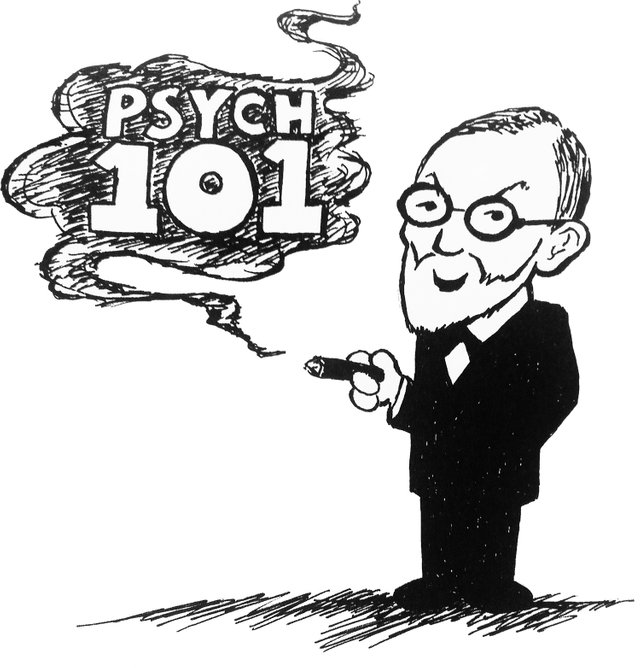Psych 101: Intermediate Classical Conditioning

There is more to classical conditioning than just conditioning responses and stimulation, as variations within experiments have shown that a large range of hiccups or abnormalities can occur in the process of conditioning.
Generalization, for example, occurs when the subject responds to similar, but not identical, stimuli compared to the conditioned stimulus. This occurs because the similar stimulus excites the existing neural pathways established in the conditioning stage. Generalized stimuli produce responses of smaller magnitudes than the original conditioned stimulus. In the Pavlov dog example, the dogs may salivate when they hear any tone bell rung. As expected, however, dogs salivate the most when the original conditioned bell is used.
On the opposite end of the spectrum, it is possible to train subjects to discriminate between different stimuli through conditioning. This is used to solidify the unique ability of the conditioned stimulus to elicit the conditioned response. This can be shown through the Pavlov dog example, wherein the original bell is used exclusively for food while the other bells are used for a variety of different actions. This will make the dogs salivate when the original bell is rung only.
In addition to the process described, there is another level in the conditioning process that can be employed called second-order conditioning. Once the initial stage of conditioning is established, it is possible to use the conditioned stimulus and response in place of an unconditioned stimulus and response to train yet another behavior. For example, first train the dogs to expect food when a bell is rung. After confirming that stage of conditioning as complete, it is possible to pair bell ringing and hand clapping. By the end of the second-order conditioning step, the dogs will salivate at each of the three stimuli (food, bell ringing, and hand clapping).

Finally, as a last note, it is important that conditioning does not always have to turn a neutral stimulus into something positive. On the other end, it is possible to train a subject into learning a neutral stimulus as negative in aversive conditioning. A similar process is employed as would otherwise, but instead of producing a positive unconditioned stimulus in the paring process, such as food, subjects are introduced to negative influences. For example, if every time the bells were rung the dogs were sprayed with water, the dogs would eventually become irritated by the bell. This is especially useful biologically because it aids in survival. Through classical conditioning, it becomes easy to learn if a plant is dangerous or poisonous based on the response of the body.
Overall, classical conditioning has many different key concepts that should be learned to develop a full understanding of the process. Generalization, for example, is when the subject confuses two similar stimuli by thinking they are identical. Discrimination can be achieved by diluting the effect of different stimuli. This, in effect, focuses the subject on the conditioned stimulus. Higher-order conditioning occurs when considering a learned conditioned stimulus as an unconditioned stimulus and repeating the process with those conditions.
Please Follow me for more great topics. will be adding a variety of topics in the coming up days. Want to make some political, health, learning and many other varieties to keep you on your feet.
Previous post Below
Psych 101: Beginner Classical Conditioning

giving me psych class flashbacks!
Posted a great 101 on Lucid Dreaming today